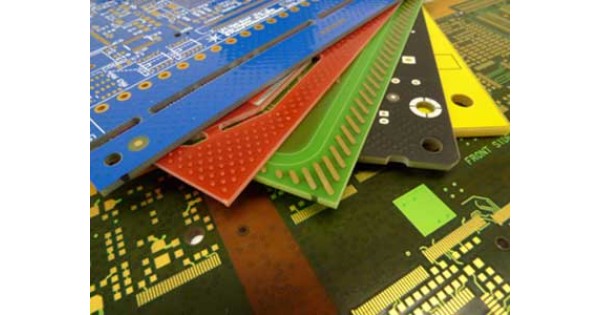I’ve read about people running several amps into XM-L’s with success. Contemplating something similar, I decided to order a couple of ryansoh3’s Convoy C8 pills, and I have a couple of XM-L2’s on copper MCPCB’s on the way.
So now I need a driver. I’ve got a couple of options…
- Direct drive. I’m not a fan of this, I’d rather have regulated current in the LED.
- Nanjg 105C with stacked AMCs. Unfortunately the ryansoh3 pill doesn’t give any room to stack AMCs inside (not that I’m complaining!) I can only stack 1 extra layer of AMCs on the battery side. Assuming I put twelve 380mA AMCs on a driver, I end up with 4.56A. Which is “sufficient” but I’m a bit more nuts than that.
- Use two 18340 cells instead of an 18650, and a buck driver. Doesn’t look like anyone makes one in a 17mm form factor, or without a big toroid.
So I decided to bang out my own petite driver. Behold, the “holy buck” 17mm driver.
Schematic:
Switching regulator is a Linear Tech LTC1773 synchronous buck controller. I’m using it in “non-datasheet” mode - I’m putting ~650mV into the VFB pin of the device, low enough so the controller thinks the voltage isn’t high enough, and high enough to keep it out of frequency foldback. The chip will source a current out of the ITH (compensation) pin - putting a pot on there lets you command the ITH pin voltage, which sets the current threshold of the controller. With the component values chosen, you get a range of 0 to 10A. This is tested in LTSpice and appears to work.
Input voltage is meant to be two lithium cells - it can’t go beyond 10V without blowing stuff up. One cell is possible by shorting the 3.32K resistor and changing the FETs to something with a lower Vgs threshold, but I don’t plan on doing this myself. Output voltage isn’t regulated, and should work with 3 volt LEDs (XML/XML2/SST90/etc) or 6V LEDs (MT-G2).
I’m using a cheap power-on-reset IC for low battery protection, with the threshold set at ~6V. When the battery voltage starts to dip, the light will start cutting out - the POR chip has a ~1/4 second delay.
Here’s the PCB layout:
Top (LED facing) side of the PCB:
http://imgur.com/XdihOzI
Bottom (battery facing) side of the PCB:
http://imgur.com/BJOWQgb
The inductor (2.2uH IHLP3232, 4mm high) is centered on the bottom - plan is to add a strap of adhesive copper tape from the top surface of the inductor (and the + terminal of the battery) to the pad on the right. To the left of the inductor is the exposed current setting potentiometer - this allows the current value to be adjusted without removing the driver, changing components, etc.
Anyway, parts are ordered and the PCB design will be cleaned up and finished after I get my TVBG stuff shipped. I’ll keep y’all posted as stuff happens.

